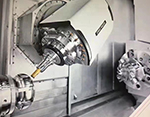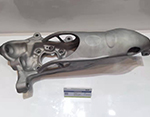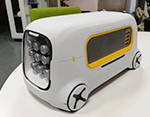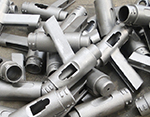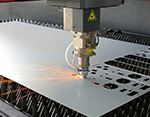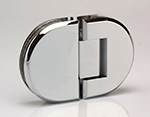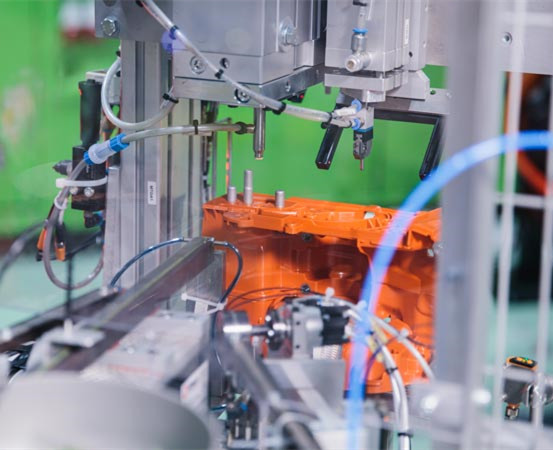-
Service
+
- CNC Precision Machining Service +
- Multi-Axis Simultaneous Machining Service +
- CNC Turning Service +
- Metal 3D Printing Service +
- Rapid Prototyping Service +
- Die Casting Service +
- Sheet Metal Fabrication Service +
-
Finish Serivces
+
- Polishing
- Grinding
- Brushed Finish
- Sand blasting
- Painting
- Powder Painting
- Anodizing
- Hard anodizing Service
- Passivation
- Zinc Plating
- Nickel Plating
- Chrome Plating
- Blackening
- Black Zinc Plating
- Teflon Coating
- Titanium Coating
- DLC Coating
- Laser Marking
- Silk Screen Printing
- Transfer Printing
- Micro Arc Oxidation
- Industries +
- About Us +
- Resource +
- Contact Us
- Quote

-
Service
-
>
-
>
-
>
-
>
-
>
-
>
-
>
-
>
-
- Industries
- About Us
- Resource
- Contact Us
A number of technologies are used to manufacture prototypes. Plastic prototypes are often machined from ABS, polystyrene, or rigid polyurethane foam.
An alternate method of manufacturing prototypes is to cast a liquid thermosetting resin into a mold, where it then hardens to form a finished part.
What is Prototype?
Prototyping is a powerful tool for businesses and entrepreneurs. It’s a way to assess or present a physical product before going to full-scale production.
This practice is important because it allows you to work with a physical representation of your product quickly. It could also give you an opportunity to show your idea to potential investors. In this way, you could gauge interest in your idea before its launch.
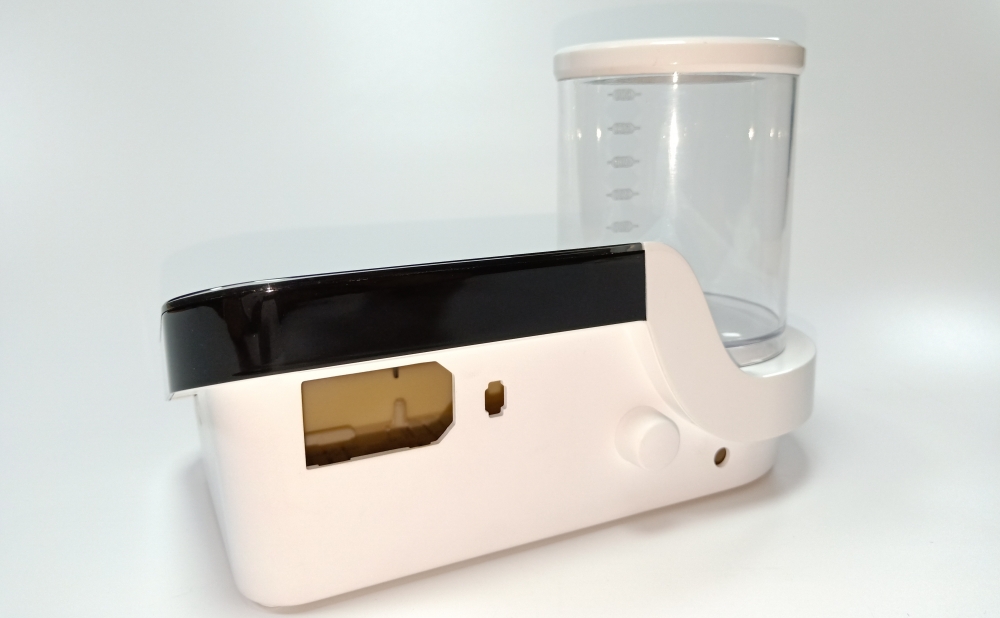
The Importance of Plastic Prototype
Prototyping, as you may know, is a powerful tool for entrepreneurs and businesses. It helps to assess a physical product before full-scale production begins. A plastic prototype enables you to work with the physical representation of your plastic product as quickly as possible.
You also have the opportunity to present your ideas to potential investors and allow them to test them out. Prototype plastic parts are those you put out to your potential customers to help you gauge their interest in the product before launching.
This process gives designers with the support of prototyping companies the chance to make appropriate changes before making plastic products. In the end, both the manufacturer and the end-product user benefit. Other advantages include:
Tests various design features on the plastic prototype
Verifies design functionality
Creates a testing benchmark for developing additional features
Facilitates customer feedback
Identifies possible defects and irregularities with prototype plastic parts ahead of mass production
Allows refinement of define for efficiency of manufacturing
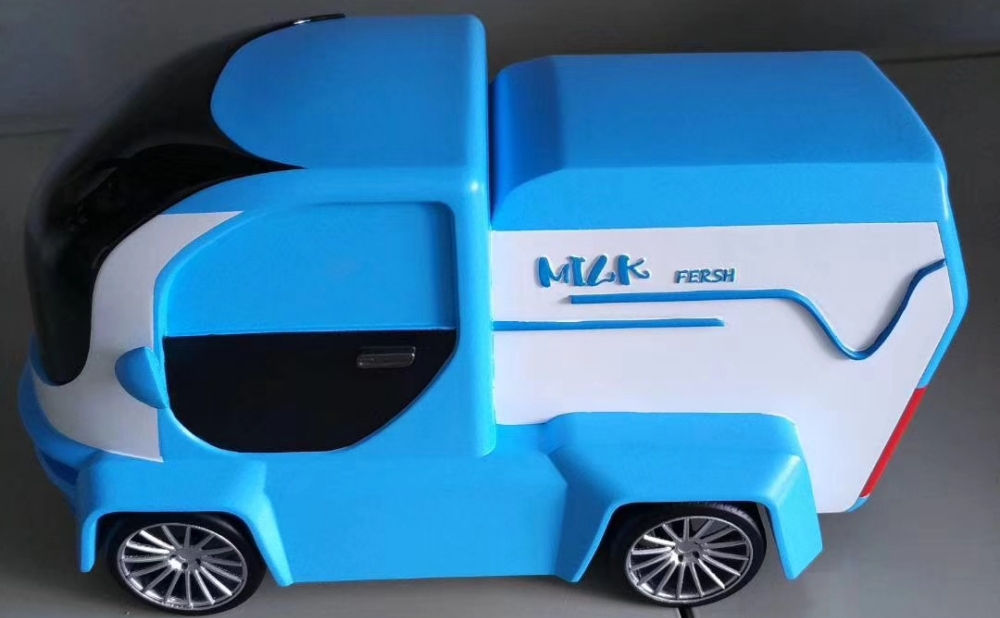
Four Methods Widely Used in Plastic Prototype
Vacuum casting
Urethane casting uses silicone molds to create plastic prototypes with a high level of detail. It’s typically used during later prototyping stages when a design is more mature, and is a cost-effective way to produce 10 to 100 units for EVT. When a large number of prototype units is needed, urethane casting generally has lower per-piece costs than 3D printing.
The silicone molds that are used in urethane casting cost less than aluminum or steel injection molds; however, each silicone mold can produce only a small number of parts. Because these silicone molds must be replaced after 20 to 25 units, this limits the value of urethane casting as volume increases.
3D printing
3D printing (3DP) plastic is a form of additive manufacturing that supports rapid prototyping and multiple iterations. Fictiv offers a range of 3DP technologies, each of which can be used for specific types of prototypes:
Fused deposition modeling (FDM) is a low-cost process for early-stage prototypes.
Polyjet supports fit/feature EVT.
Selective laser sintering (SLS) supports functional testing.
Multi Jet Fusion is used for late-stage functional prototyping
Stereolithography (SLA) is used for high resolution prototypes.
CNC Machining
CNC machining plastic uses computer-controlled machine tools to remove material from a pre-formed shape. It’s faster and more accurate than manual machining and can achieve greater geometric complexity. Precision machining tolerances vary, so you should ask about achievable tolerances prior to starting a new project. Typically, CNC equipment is used to produce mid-stage functional prototypes, and specific services include CNC milling, CNC turning, and gear hobbing.
Injection Molding
Plastic injection molding is associated with high-volume parts production, but it can also support high-resolution prototyping. That’s because Fictiv can rapidly and cost-effectively produce steel molds for PVT, the last stage of testing before production. There are no minimum order quantities, and steel injection molds can achieve tighter tolerances than aluminum molds. T1 samples, the first part samples produced from the production tool, are available in as fast as 10 days.
Plastic materials for manufacturing prototypes
ABS
Acrylic
Nylon
POM
PC
PVC
HDPE
PE
PEEK
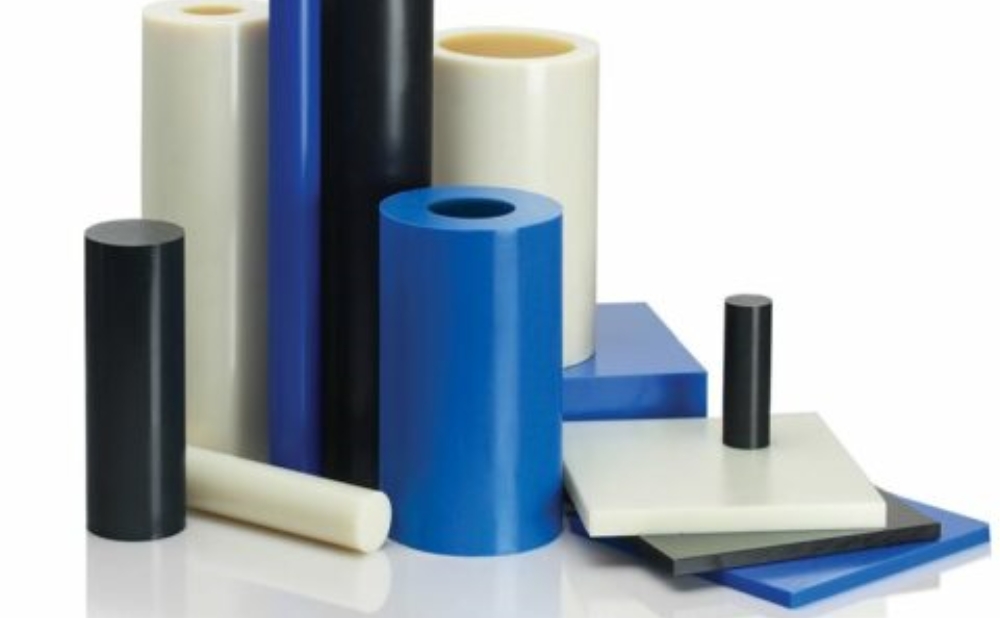
Plastic prototyping is an effective means of ensuring quality outcomes of your manufacturing process. However, the success of your plastic prototype will depend on your understanding of the prototyping technologies available and selecting the most effective one for your application. Now that you know more about developing plastic prototypes, it’s time to gain a competitive advantage by choosing the right manufacturing partner.
Contact:
Email: Diana@kesugroup.com
WhatsApp: +86 156-2583-1454
Our engineer team are ready for your projects and provide feedback quickly.

